
Getty Images
The waters off Isla Mujeres, near Mexico’s Yucatan Peninsula, are an unlikely place to find the latest potential threat to Canada’s resource-based economy, one that wears a dry suit and snorkel. And yet, when Sumitra Rajagopalan recently tumbled off a boat in search of cuttlefish—shape-shifting sea creatures that the former biomechanics professor at McGill University credits as a muse for her lab work—she indirectly played a role in contributing to the oil glut that’s pushed prices to lows not seen since the Great Recession. That’s because her Montreal-based medical devices company, Bioastra Technologies, recently discovered an unlikely market for its “smart” materials: cost-conscious oil and gas firms.
“I saw this brief from an oil company that wanted a particle that could swell to 10 times its volume, but could resist huge compressive stresses up to 15,000 psi,” she says of an oil major that was looking for a way to prevent sand from infiltrating its offshore wells. “I remember telling my colleague: ‘Gosh, it looks like somebody else wants artificial cartilage over here.’ ” The contract quickly led to several others, and now she’s working on a smart particle that could potentially replace the billions of tons of sand used annually by U.S. oil drillers in hydraulic fracturing, or “fracking,” applications, potentially saving the industry a small fortune. When it comes to the oil and gas industry’s hunger for new, cost-saving technologies, literally everything is on the table—particularly now, with oil having plunged to a recent low of just US$38 a barrel for West Texas Intermediate, the North American benchmark for light, sweet crude.
Yet while such investments make perfect sense for oil executives charged with keeping their operations afloat, the trend is collectively threatening to perpetuate the very oversupply problem that caused prices to falter in the first place: the more they can drive costs down, the less incentive there is to cut back on production. It’s also one of the reasons so many forecasters failed to predict how deep oil’s slide would ultimately become. Case in point: while the number of U.S. drill rigs has been cut in half over the past year, production has barely budged at 9.4 million barrels per day.
The result, when coupled with Saudi Arabia’s determination to “sweat out” its higher-cost North American rivals, is a planet that’s suddenly gone from worrying about US$250 barrels of oil to speculating about oil priced at just US$10. While oil traders sparked a rally in crude prices to US$49 a barrel this past week, based on forecasts that U.S. oil production may have peaked and that the Organization of the Petroleum Exporting Countries, or OPEC, might be willing to pull back on production, many observers dismissed the gains as wishful thinking as opposed to a meaningful change in the supply-demand equation.
That’s bad news for Canada because, while cheap energy is generally seen as an economic tailwind, the country has become reliant on expensive-to-extract oil sands in northern Alberta to fuel GDP growth and create jobs in recent years. And, as any Calgary oilman will tell you, it now makes a lot less financial sense to scrape, boil and steam gooey bitumen from the ground, which is why billions worth of investments have been deferred and thousands of workers laid off, even as existing oil sands projects have little choice but to maintain production given their decades-long lifespans and steep upfront costs.
How long will the oil bust last? Many initially predicted a snappy rebound in prices, but it’s since become clear that the world of cheap energy could be around for years—possibly even a decade or more. Unlike previous slumps, OPEC no longer exercises enough control over the market to manipulate prices, even if Saudi Arabia was on board. Meanwhile, U.S. drillers continue to adapt and North America’s storage tanks continue to fill up, raising questions about what happens if “tank top” is reached this fall, when seasonal inventories typically hit their peak. More troubling, China’s rapidly slowing economy is punching holes in a widely held assumption—that the country of 1.3 billion can be counted on to sop up as much oil as the world is able to produce.
In other words, those who hope oil prices are poised to rebound to triple digits may find themselves over a barrel.
The U.S. shale revolution set the stage for oil’s collapse by reversing a decades-long decline in U.S. production. But it was Saudi Arabia, the world’s largest exporter, that sparked the current crisis by refusing to turn off the taps. Tired of watching a new crop of high-cost, unconventional producers in North America steal market share when oil prices were at above US$100 a barrel, the Saudis pushed OPEC back in November to maintain existing production levels in the face of falling prices to see who would tap out first. “It is not the role of Saudi Arabia, or certain other OPEC nations, to subsidize higher-cost producers by ceding market share,” Saudi oil minister Ali al-Naimi told an audience in Berlin last March, according to Reuters. But the strategy didn’t quite work as planned. Total global oil production grew by 2.9 million barrels per day through July of this year, while supply inventories have hit their highest level since 1998, according the U.S. Energy Information Administration. However, the bulk of that extra production, or about two million barrels per day, continues to come from non-OPEC countries, including the U.S., suggesting North Americans aren’t yet ready to cry uncle.
Indeed, one of the biggest surprises of the oil crash has been the resiliency of U.S. shale producers. Where once fracking operations in North Dakota’s Bakken region were thought to have a break-even cost at around US$70 a barrel, only slightly below oil sands operators, some producers are now reportedly able to make money with oil at just US$30 a barrel. Hess Corp., for example, has managed to scrounge half a billion dollars in cost savings from its supply chain and corporate operations. Others like Continental Resources and Whiting Petroleum are focusing their efforts on more productive areas of shale while also improving their well-completion techniques—the process of using explosives to fracture deep, L-shaped horizontal wells, allowing the hydrocarbons to seep out. Still others are using tracked rigs to make it possible to drill and complete wells simultaneously. As one oil analyst put it to financial website MarketWatch recently: “It seems every month somebody has a new and better way to frack a well.”
Nor is there any evidence shale producers are anywhere close to realizing maximum efficiency. Some are experimenting with electromagnetic sensors and spectroscopy to better track underground fluid movements and optimize well-spacing. Others are hoping to replace the 43 billion kg of sand that U.S. shale drillers pumped into fracked wells last year with man-made proppants, which prop open the tiny fissures in the rock during extraction. Rajagopalan’s Bioastra, for example, proposes the use of a water-filled particle that swells to 10 times its size once injected into a well, but resists being crushed under high pressures. In addition to a tenfold reduction in the amount of proppant material that must be hauled around the country in tractor trailers, the environmentally friendly polymer also promises to allow more oil and gas to be extracted from fracked wells because the tiny particles are nearly spherical in shape, maximizing their porosity. “Talk about efficiency,” Rajagopalan says. “We’re getting more by using less.”
It’s not only shale drillers seeking the benefits of new technology. In Alberta, some oil sands producers are working with General Electric to fine-tune steam-assisted gravity drainage and cyclical steam stimulation projects, potentially yielding production improvements of as much as five per cent. Christina Waters, the Canadian software leader for GE’s oil and gas business, says GE’s technology can help producers create picture-perfect underground steam chambers, shaped like a guitar pick, by sifting through terabytes of data gleaned from sensors deployed in wells. But don’t expect oil sands producers to suddenly become profitable at $30 a barrel or even $40 a barrel. “The difference between a shale oil play and a heavy oil play is they’re scaled differently,” Waters says, referring to the lifespan and capital intensity of the projects. “The complexity is also a lot higher.”
One surefire antidote to falling oil prices would be soaring global demand. But while cheap gas has indeed sparked a renewed interest in pickup trucks, SUVs and even lumbering recreational vehicles among car-crazed Americans, statistics show that global consumption averaged 92.4 million barrels per day last year, and another 1.2 million barrels per day through July. But production was still greater, and looks set to balloon further this year, especially if Iran, with the world’s fourth-largest oil reserves, makes good on a promise to boost output in the wake of a nuclear deal with the U.S. and other world powers.
China is another wildcard. The last time oil prices collapsed, in 2008, alongside the global financial crisis, Beijing rode to the rescue with a massive, US$635-billion stimulus program that involved building everything from high-speed rail networks to entire cities, sparking a worldwide commodities boom. But the country of 1.3 billion is unlikely to reprise the performance, given that policy-makers are scrambling to deflate a debt bubble and put a floor underneath a stock market crash, all while orchestrating an orderly transition to a more modern, consumer-driven economy.
In a recent note, the U.S. Federal Reserve Bank of San Francisco argued that, while China has made great strides since the 1980s, it’s nevertheless at risk of falling into a “middle-income” trap where workers’ wages rise so high that the country’s comparative cost advantage is eroded. If China follows a similar path as Japan and Korea, the report said, its GDP growth could slow to as little as three per cent by the 2020s, compared to seven per cent today and double-digits over the past decade. That, in turn, would have a knock-on effect on the economies of other countries that have come to depend on China for their own growth, reducing the overall global demand for energy. “The [Chinese] prime minister says it’s no longer high growth, it’s medium-to-high growth,” Daniel Yergin, oil analyst and vice-chairman of U.S. consulting firm IHS, said recently. “But if it’s medium or low-to-medium growth, that’s a big hit for the oil market.”
In Canada, the impact of falling crude prices has already taken a steep toll. The national economy fell into a mild recession during the first half of the year with two back-to-back quarters of negative GDP growth, Statistics Canada confirmed this week. The loonie, meanwhile, has fallen to 75 cents against the U.S. dollar after several years near parity with the greenback. While that’s potentially a boon for export-oriented manufacturers in Quebec and Ontario, it threatens to put a serious crimp in the balance sheets of households right across the country as the price of imports—everything from granola bars to passenger cars—will rise.
By far the biggest wallop landed on Alberta, where the country’s oil and gas industry is centred. Premier Rachel Notley’s new NDP government painted a bleak picture this week with an economic update that suggested the province was sliding into recession and faced a $6.5-billion deficit, thanks largely to falling crude prices. The Canadian Association of Petroleum Producers, or CAPP, added to the misery by estimating 35,000 jobs had so far been lost in the oil patch as companies cut back on exploration and shelved projects, which other estimates have valued at US$60 billion.
While it’s impossible to predict exactly how the province, and by extension the country as a whole, will be impacted if cheap oil prices persist—CAPP says production, now 3.7 million barrels per day, will grow to just 5.3 million barrels by 2030 instead of a previously forecast 6.4 million barrels—it’s clear Alberta’s meteoric rise over the past decade gives it ample room to fall further. Over the past 10 years, for example, Alberta saw a massive net increase in interprovincial migration—the province saw 253,000 more people move there than away, as Canadians from Ontario, Quebec and the Maritimes followed the money westward. (B.C. was the only other province to see a net gain over that period, at just 66,500.) Meanwhile, in June 2014, the same month oil prices peaked, the province was credited with generating 75 per cent of Canada’s net new jobs over the previous 12-month period. Now, by contrast, Alberta leads the country in Employment Insurance applications. Not surprisingly, the once-hot housing markets of Calgary and Fort McMurray are also cooling rapidly with double-digit declines in home sales this summer. If prices follow suit, that could create a fresh round of pain for many local families.
The question, of course, is why so few seemed to see the crash coming, and whether predictions of a return to US$80 oil (assumed to be the average cost of production worldwide) within a few years are to be trusted. This week’s gyrating oil prices show the market deeply wants to believe the oil rout is over—as was the case in the spring when prices briefly climbed back to US$60 a barrel—but lacks conviction in the face of weak evidence. David Jacks, for one, isn’t holding his breath. The professor of economics at B.C.’s Simon Fraser University published a paper two years ago that looked at 160 years of commodity prices and predicted, accurately as it turned out, the end of the decade-long, China-driven commodities “super cycle.” Now, he says, the world is facing a classic oversupply situation that could take a long time to unwind. “My gut feeling on this is we’ll spend the next few years trying to establish a bottom for petroleum and other major industrial commodities,” he says. “After that, there will be a few more years of sideways movement while we’re waiting for that next big demand shock.” Others, like U.S. financial analyst and author Gary Shilling, have predicted oil prices could still drift much lower before finding a floor, noting in a recent Bloomberg column that the marginal cost for some Middle East and U.S. producers to ramp up production to make up for lost revenue are as little as US$20 or even US$10 a barrel.
Meanwhile, the drive continues to find ways to produce more oil, more cheaply. Back in Mexico, Rajagopalan has just wrapped up a series of three dives as she searches for inspiration for the next generation of smart fracking materials. She saw parrotfish, eels, giant sea turtles and, in a “heart-stopping moment,” several whale sharks. There were no cuttlefish this time around—or at least none that wanted to be spotted—but Rajagopalan is unfazed: “It’s only a matter of time before they give up their secrets.”
It’s certainly the first time in history oil companies, energy traders, rig hands and Canadian politicians have had reason to care so much about a lowly cephalopod.
The post Awash in oil: Why the glut isn’t going anywhere appeared first on Macleans.ca.


 A fellow Toastmasters member once told Qahtani, "Some people are strong with their words, some people are strong with their voice, some people are strong with their stage presence. Your strength is humor. Use it."
A fellow Toastmasters member once told Qahtani, "Some people are strong with their words, some people are strong with their voice, some people are strong with their stage presence. Your strength is humor. Use it."





 In case you’ve missed them or are in serious need of sales motivation quotes, here are all 31 videos we published this month.
In case you’ve missed them or are in serious need of sales motivation quotes, here are all 31 videos we published this month.


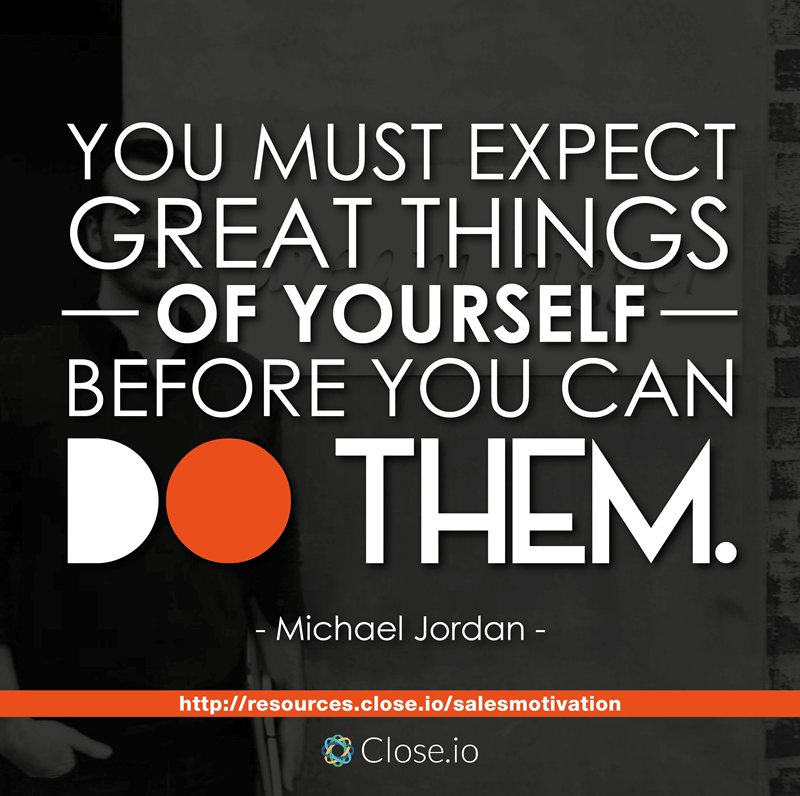

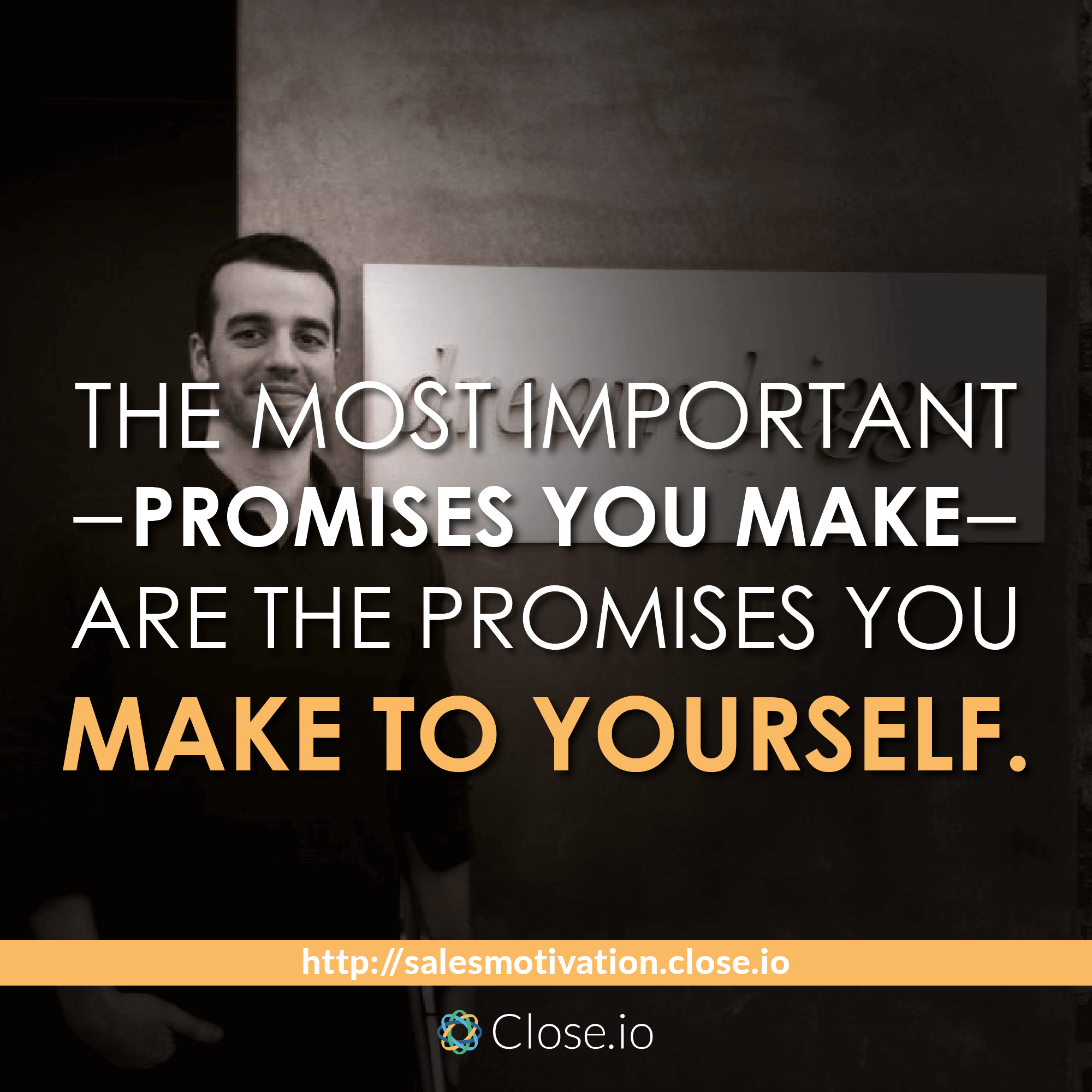


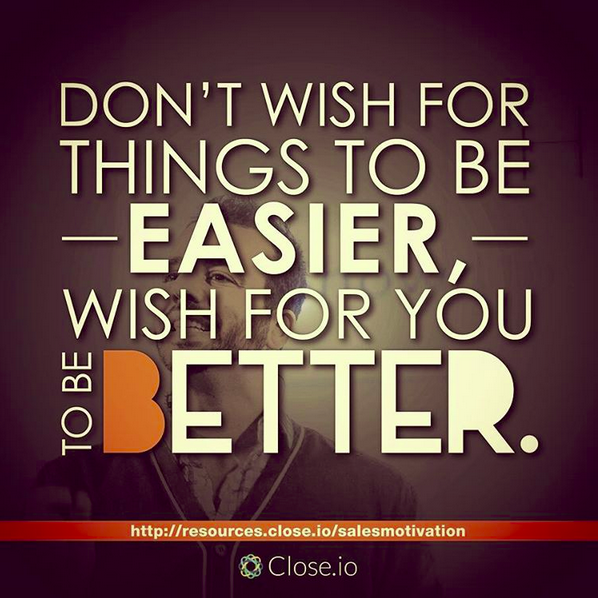
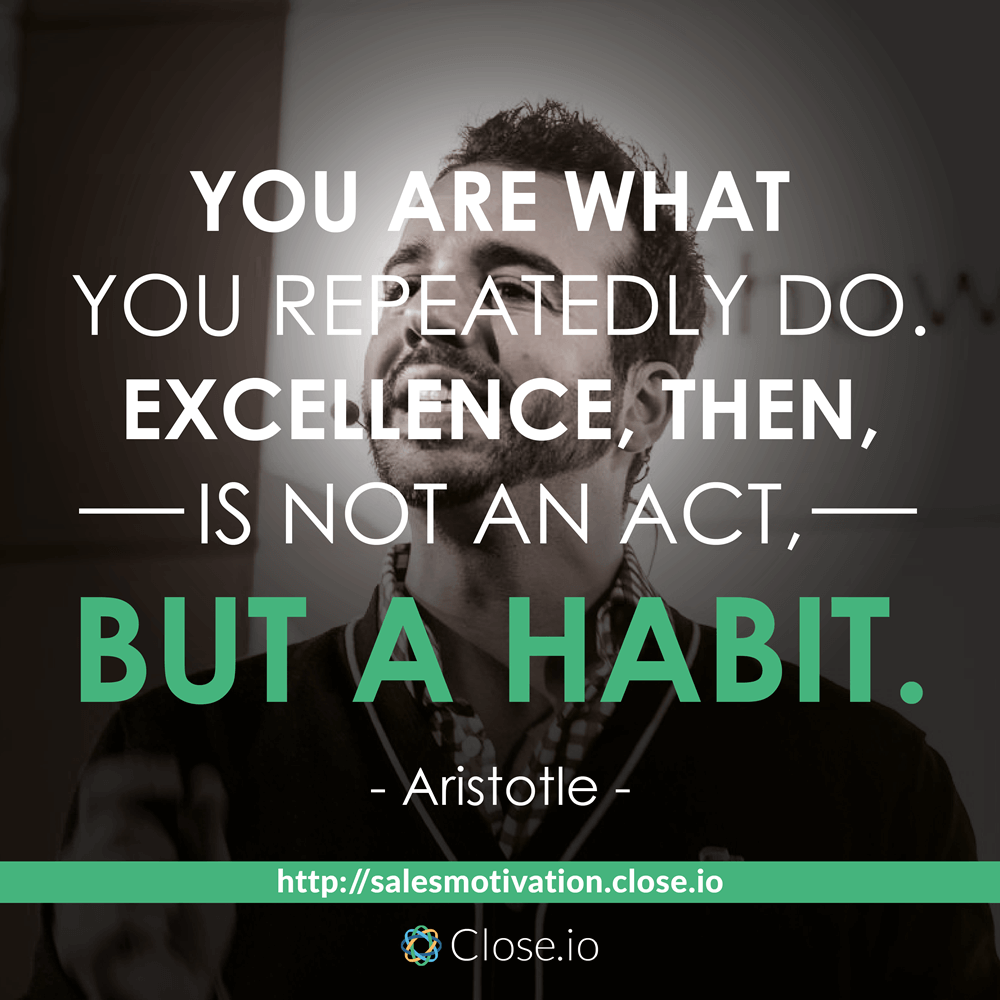



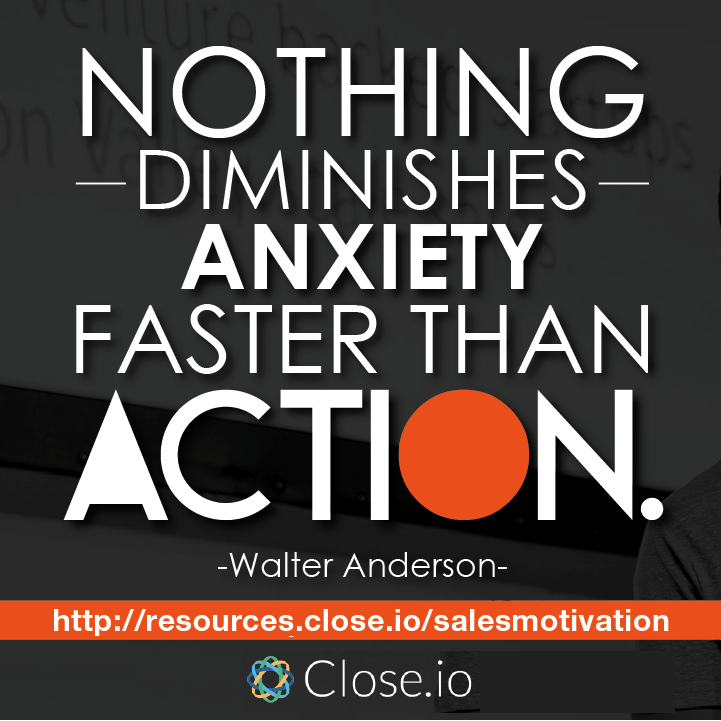
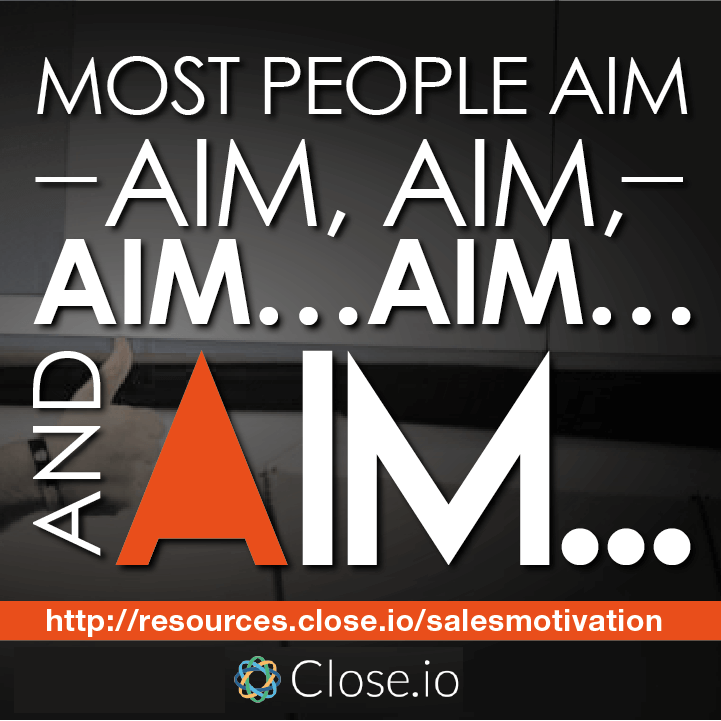
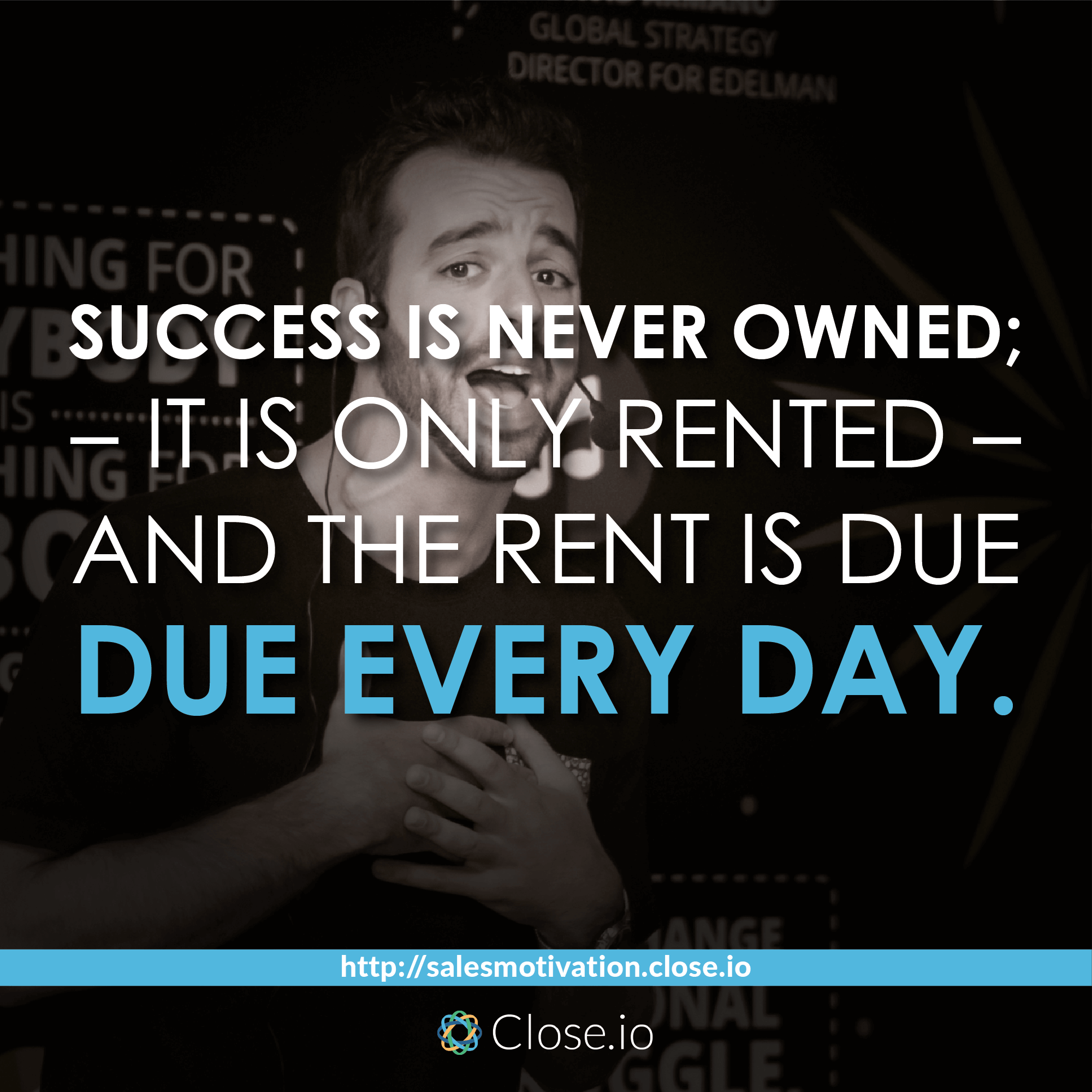




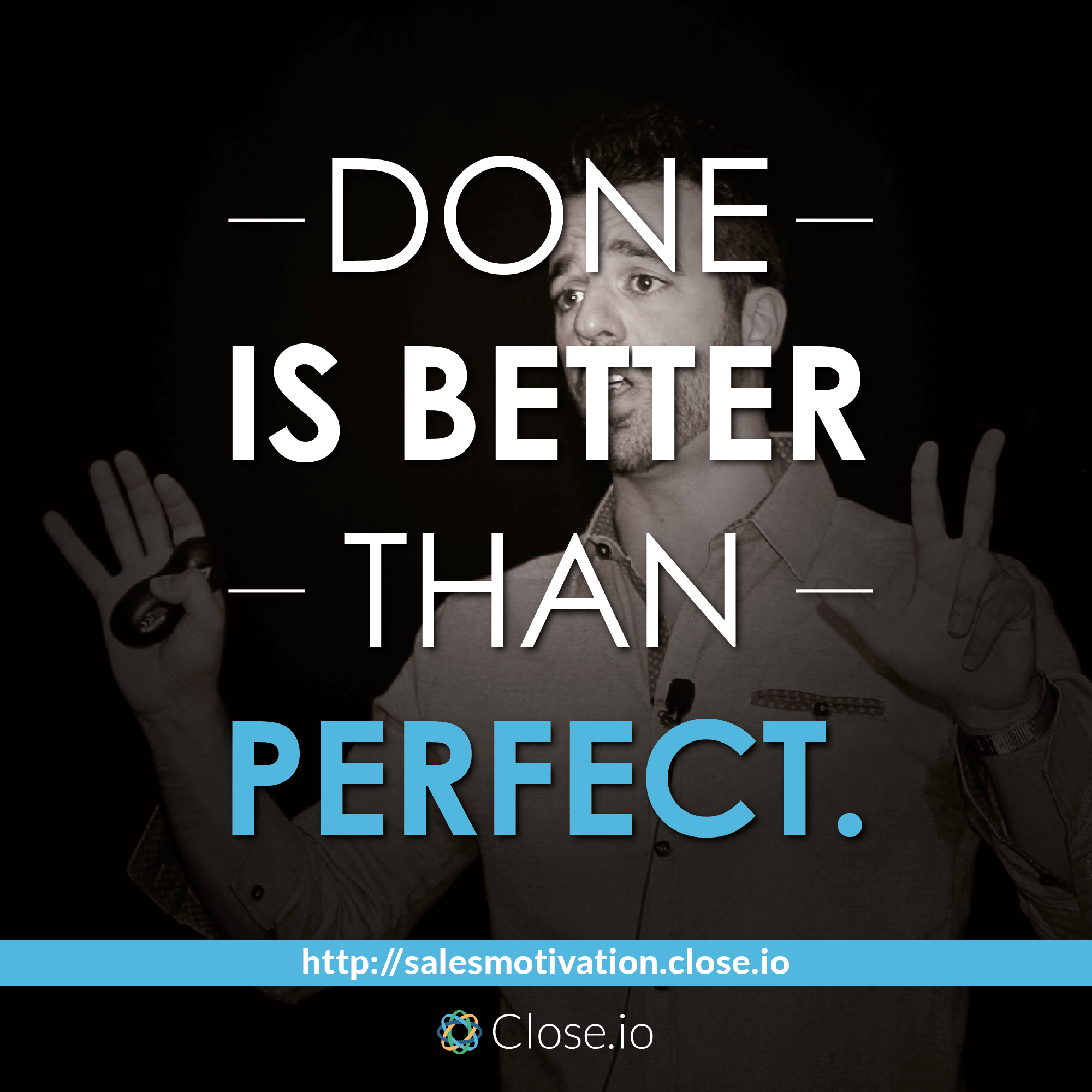


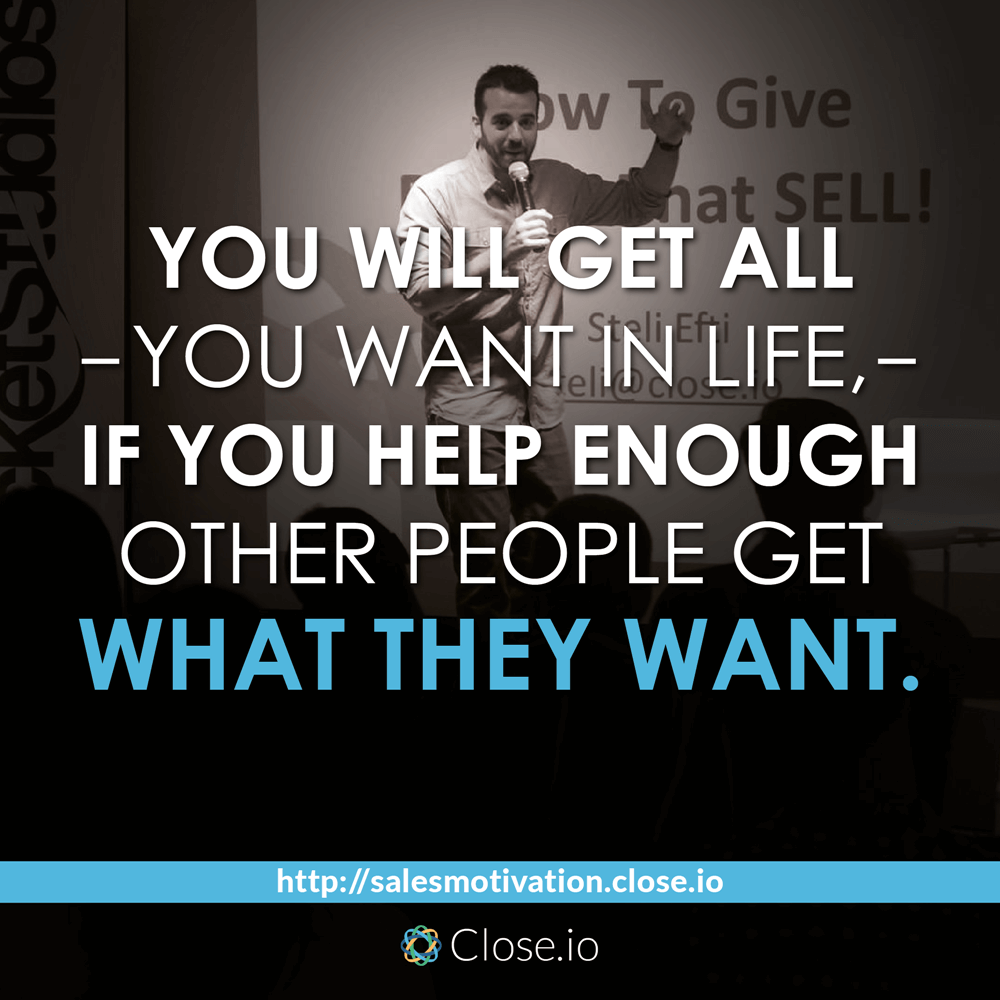




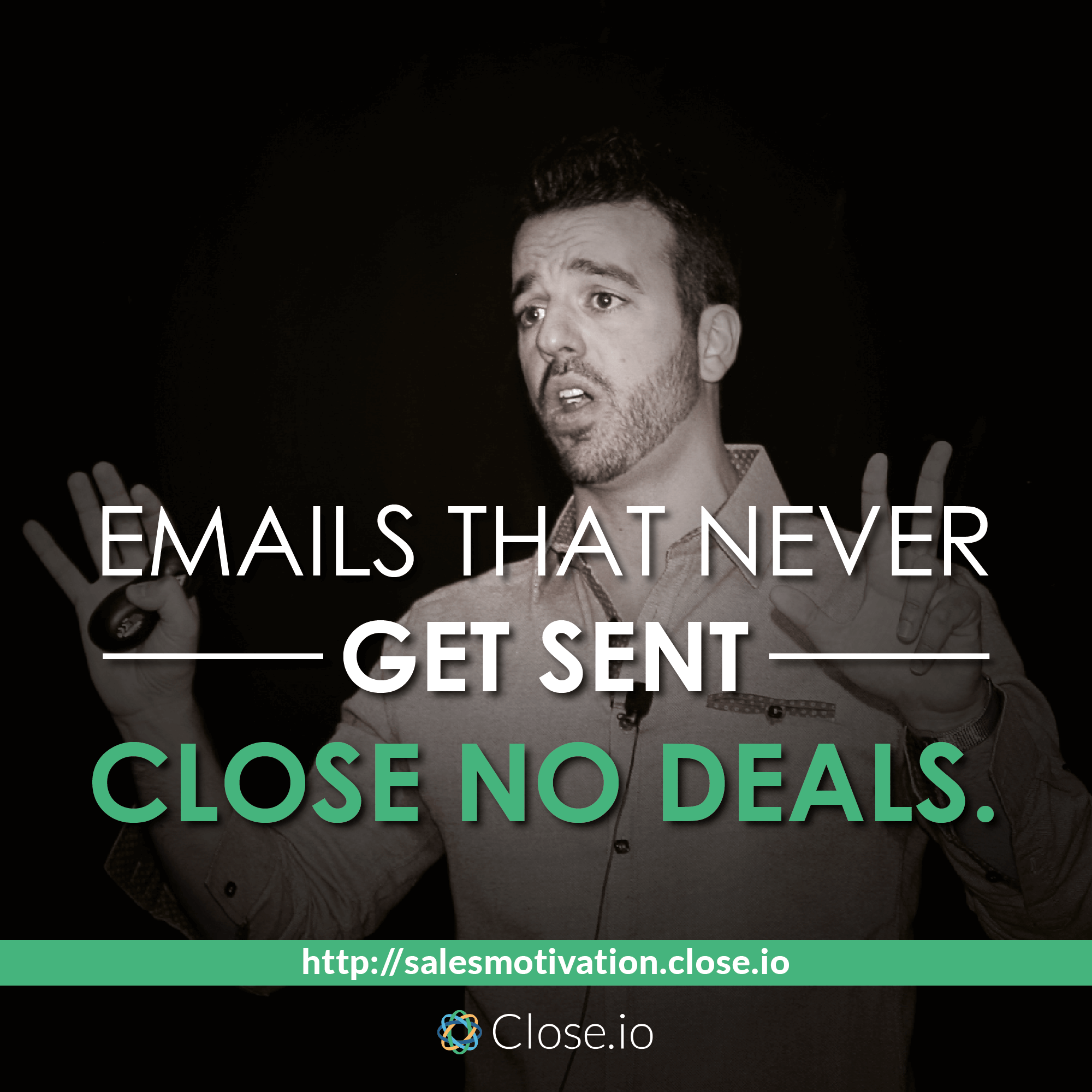
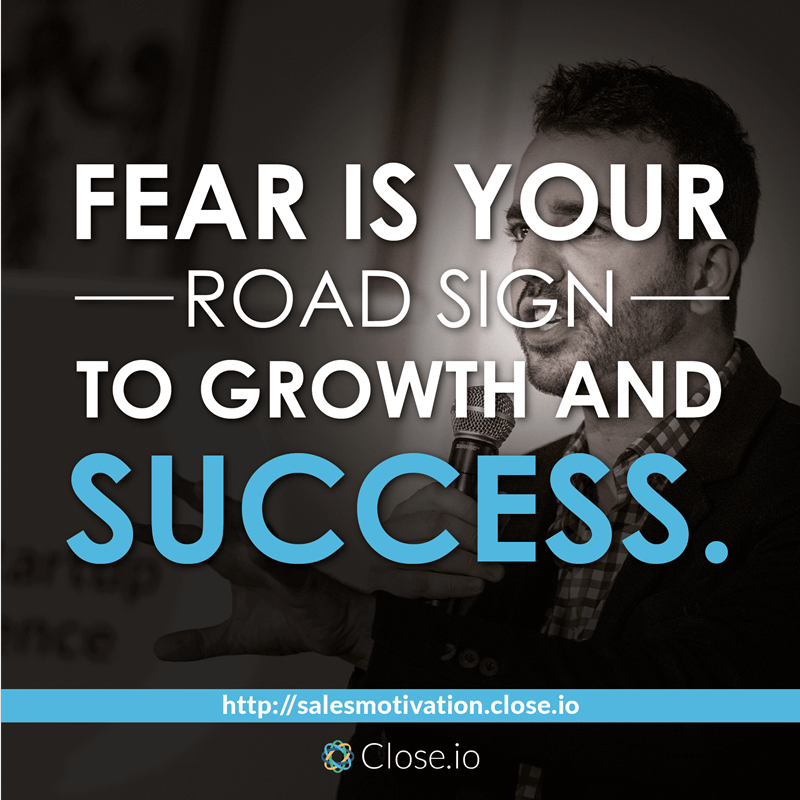

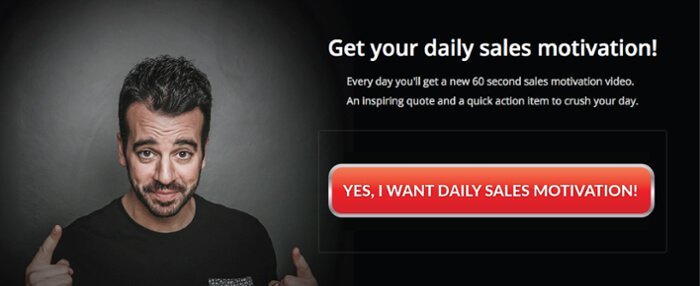
 Since the economic downturn in 2008, corporate America has been managing to squeeze profits by reducing budgets, stretching staff thin and adding technology at every turn to reduce human interactions. Now the wake-up call! Virtually, everything has been turned into a commodity.
Since the economic downturn in 2008, corporate America has been managing to squeeze profits by reducing budgets, stretching staff thin and adding technology at every turn to reduce human interactions. Now the wake-up call! Virtually, everything has been turned into a commodity.













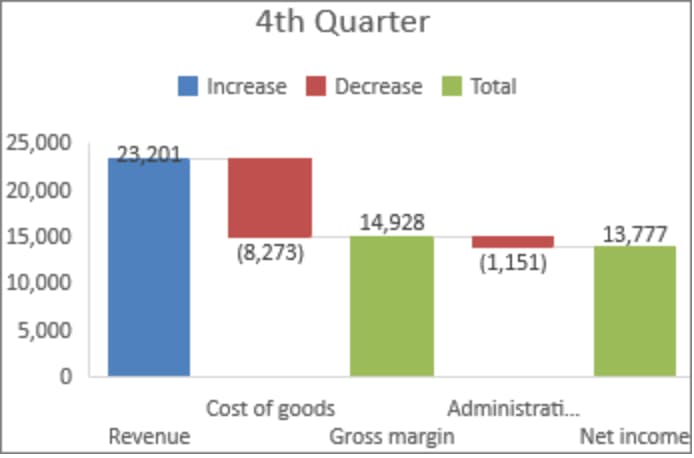

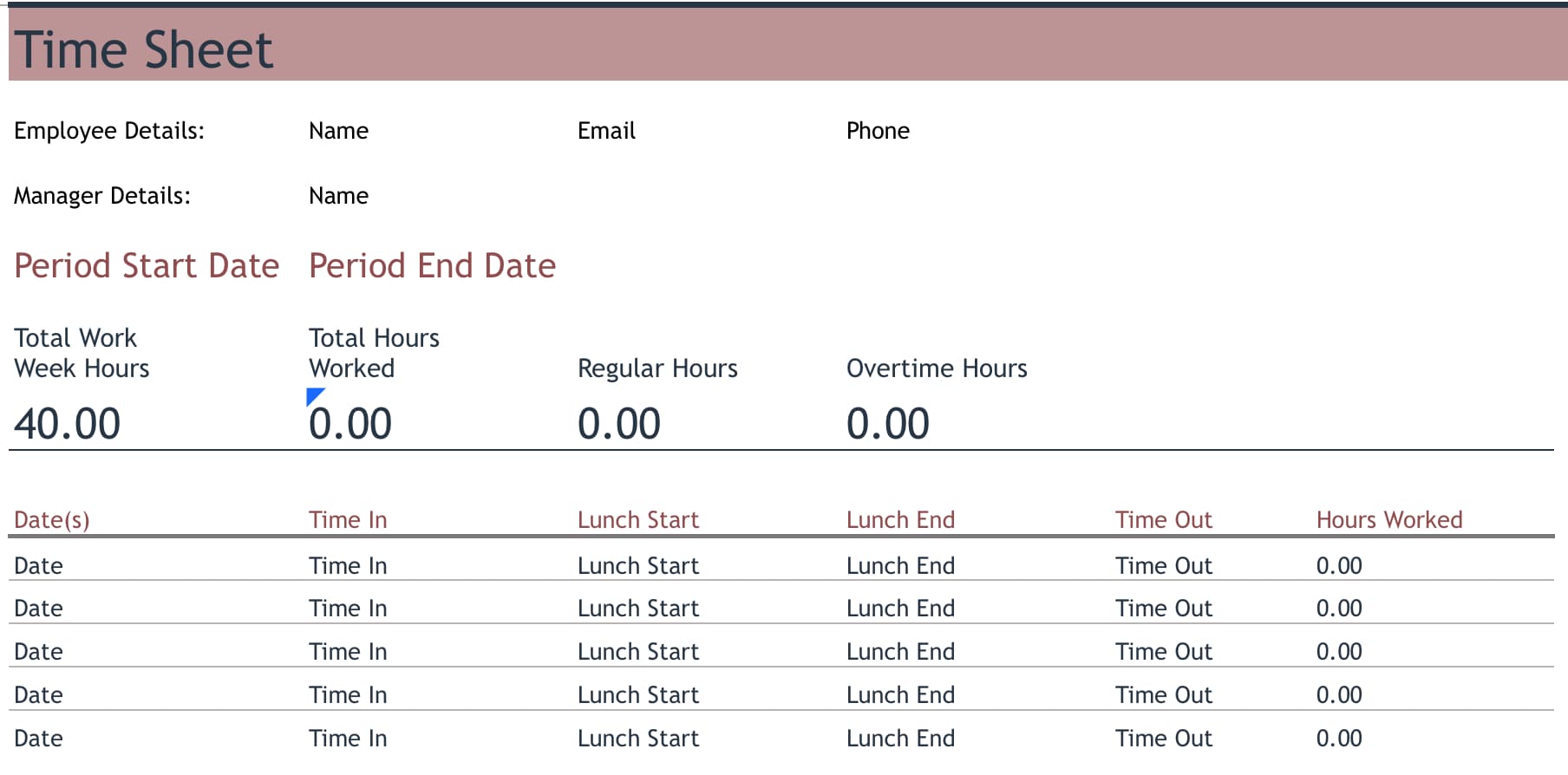

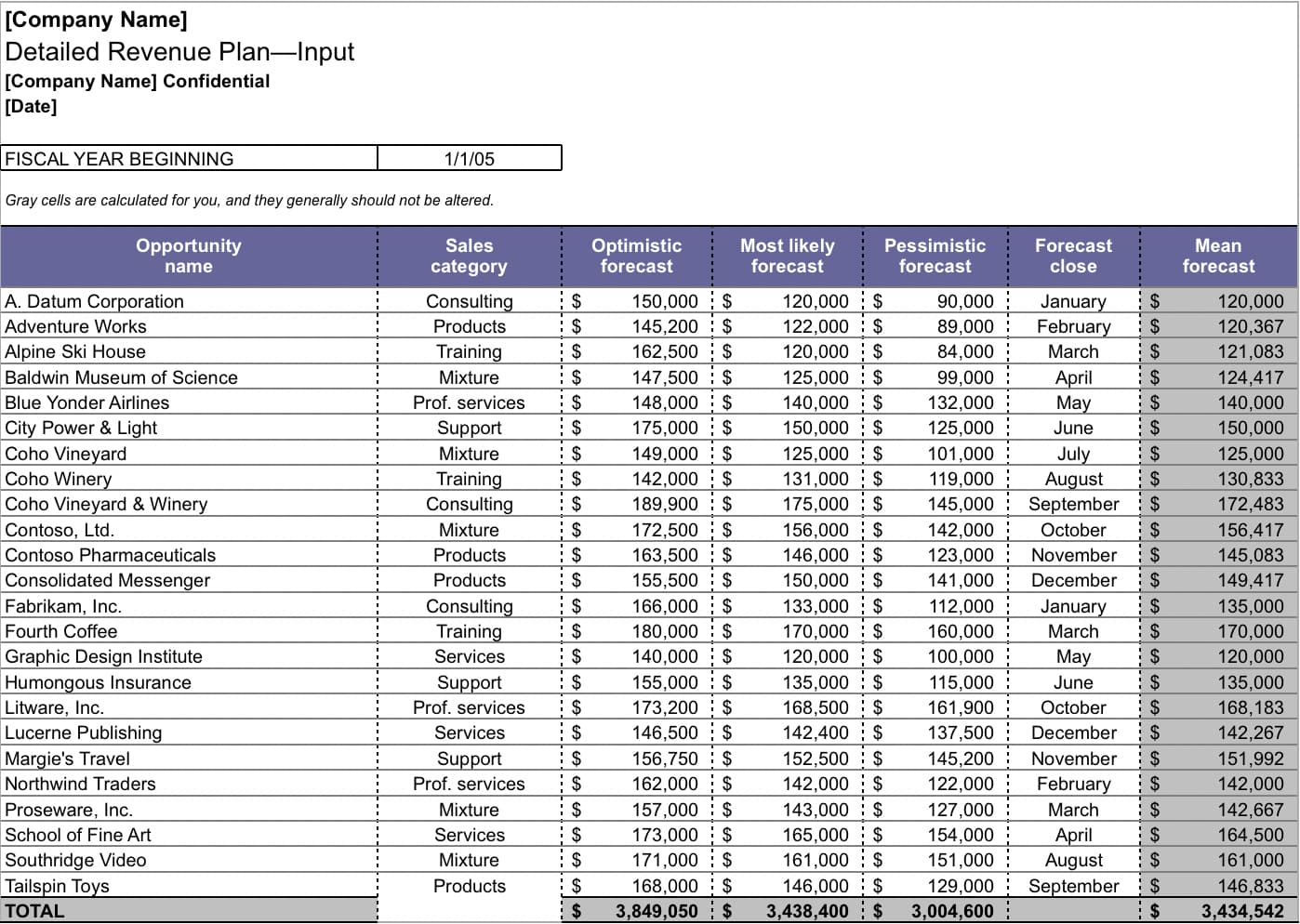
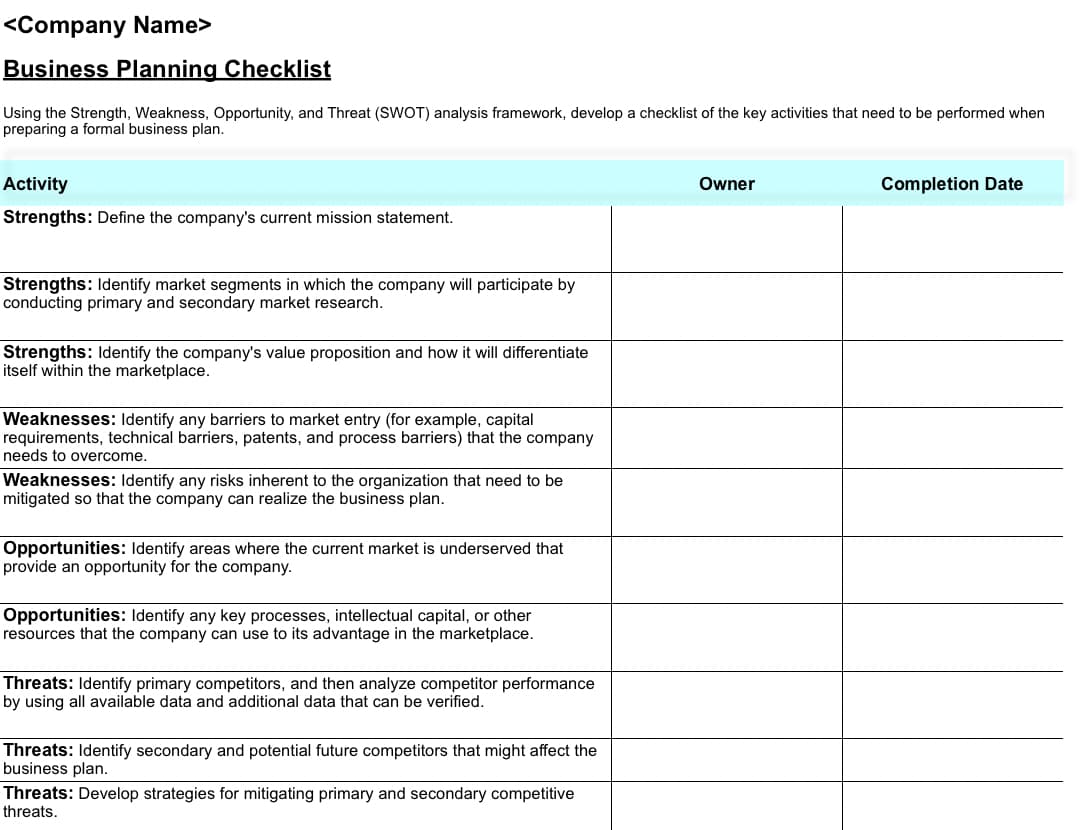


















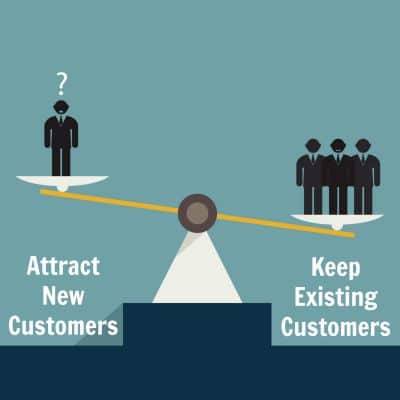 It is also much more economically efficient to keep a customer than it is to try to win back customers after they have left.
It is also much more economically efficient to keep a customer than it is to try to win back customers after they have left.